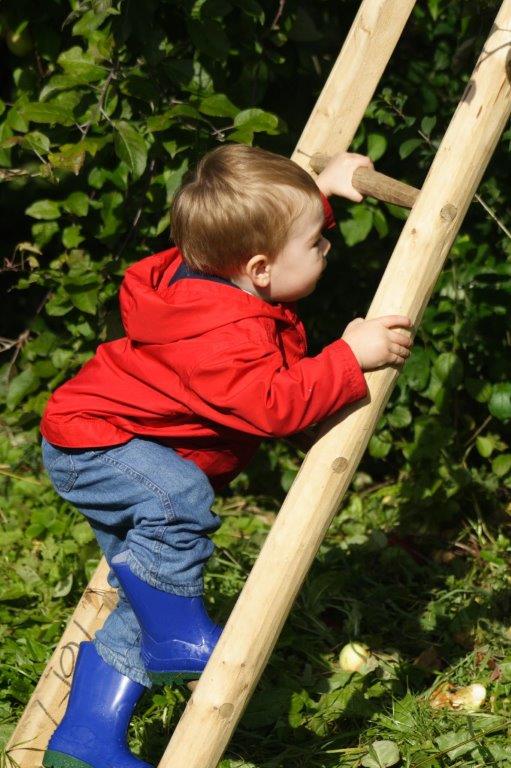By Simon Jones
Burgoynes is best known as a firm of expert fire investigators, but for decades our forensic scientists and engineers have been investigating other incident types, including the causes of injuries and accidents.
As well as industrial incidents involving machinery, we commonly have to deal with falls from height, lifting incidents, manual handling incidents, power tool injuries, electric shocks, pressure systems incidents and slips and trips. Based on the evidence we are usually able to provide an informed opinion on the probable cause of such incidents and consider whether any equipment, training and instructions etc. were suitable and/or compliant with the relevant guidance and Regulations.
Our investigations into Criminal prosecution matters have often effectively identified that there has been a material breach of Regulations by a company, albeit this is ultimately a matter for the Court. Nonetheless, following the introduction of the Sentencing Council Guidelines for Criminal Health and Safety Offences in 2016, our advice can still remain valuable with regard to helping to determine the appropriate level of culpability or risk in terms of the steps that were taken. In these circumstances, it is of paramount importance to consider what should have been done without the benefit of hindsight, i.e. because even the most unlikely of scenarios can suddenly seem obvious after an incident has occurred. We commonly have to consider whether prevailing risk assessments and method statements adequately dealt with the pertinent issues pre-incident. In some cases, the risk might have been so obscure or seemingly trivial that it would have been difficult to foresee an issue at all.
It is our experience in recent years that incidents involving employers being prosecuted for Criminal Health and Safety matters tend to be diverse, albeit there are recurring themes such as falls from height, lifting incidents and machinery access (guarding) issues. The diversity of the incidents in work environments is perhaps a reflection of the effectiveness of Health and Safety law having been implemented over many decades now. It certainly seems to be the case that the acceptance of risks by the public has diminished to the point that many risks that were once commonplace are now considered unacceptable. An example would be window cleaners, who would once have been commonly seen on ladders with a washcloth and squeegee, but who are now likely to be seen using a water-fed telescopic pole brush rather than working at height.
In domestic settings we do still see recurring themes and sometimes the equipment is at fault. However, in most cases issues recur because people use things incorrectly and/or do not understand the risks. In fact, ladder falls are probably one of the most common causes of serious injuries in domestic settings. In our experience, these falls involve leaning ladders, stepladders and loft ladders. In the case of leaning ladders, they are often set at too shallow an angle so that the feet slip back when the ladder is climbed and/or they are used on sloping or slippery ground conditions. Stepladder falls tend to involve overreaching, i.e. because the stepladder is too short or positioned inappropriately, whereas loft ladder falls often involve a failure to engage the latches between the telescopic stile sections, which is usually necessary to make the ladder secure.

Child’s play when used properly...
The other recurring theme in domestic settings is power tool incidents involving things such as drills, angle grinders and saws. As with ladders, in a domestic setting, the users of such equipment are less likely to have had any formal training and they may therefore be somewhat reliant upon the instructions that are provided with and on the product. In most cases there is guidance concerning the user instructions that should be included as well as guidance on the construction and function of items such as power tools and ladders.
If you would like to discuss a particular case please do get in touch with one of our offices; we are always happy to chat.
Key contacts:
Simon Jones, London
Ian Griffiths, London
Danny Pointon, Glasgow
Ian Wadsworth, Ilkley
Frank Anderson, Kenilworth